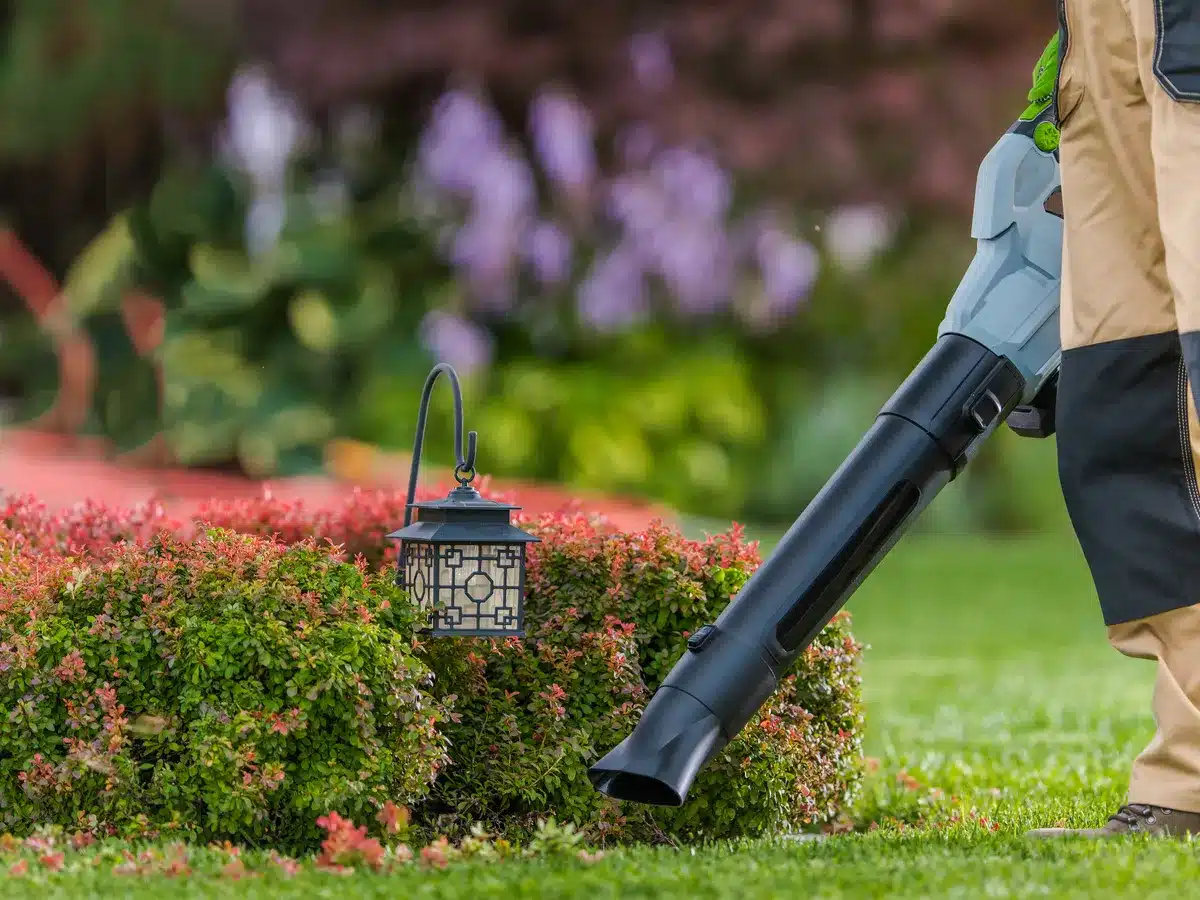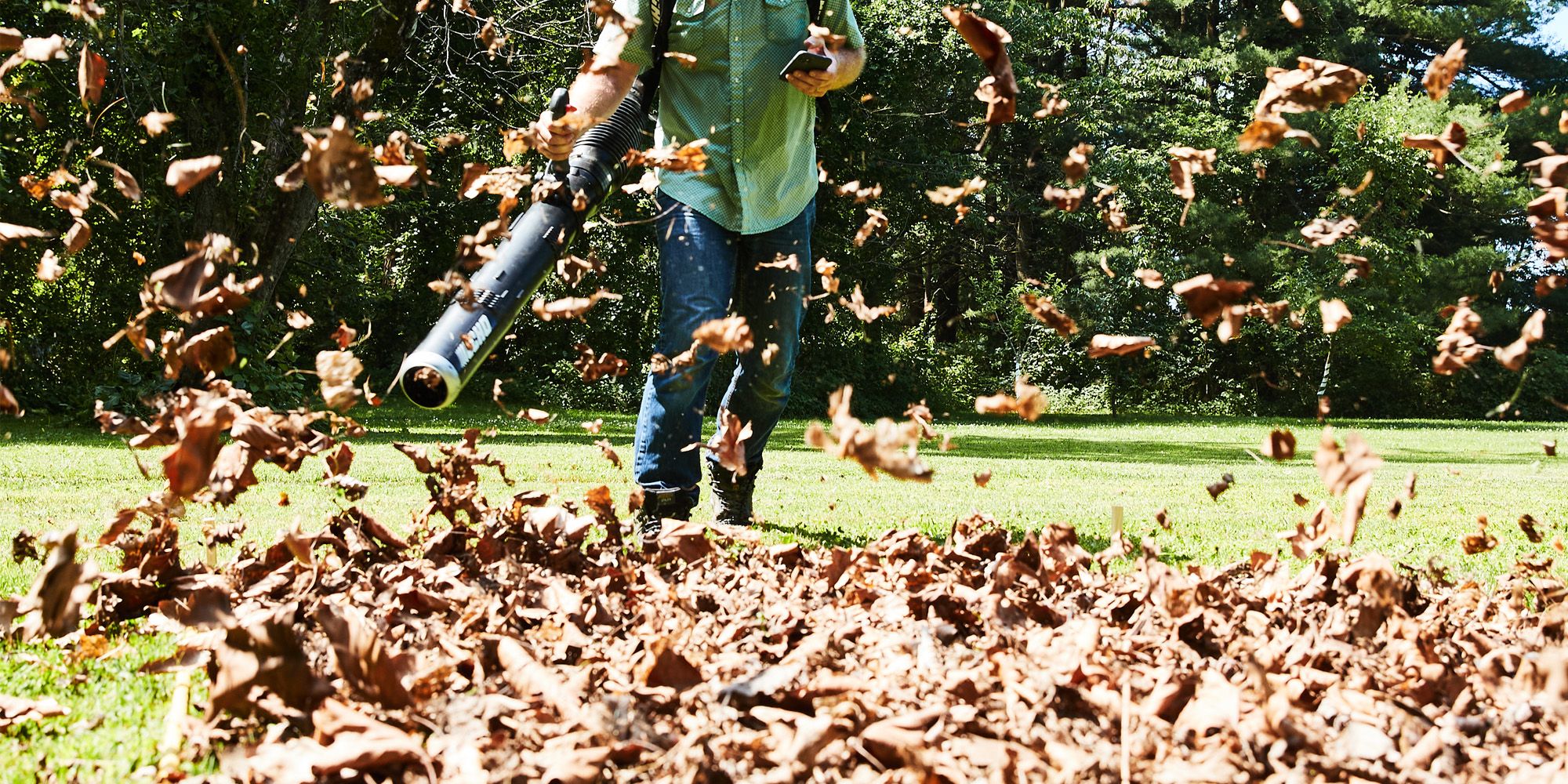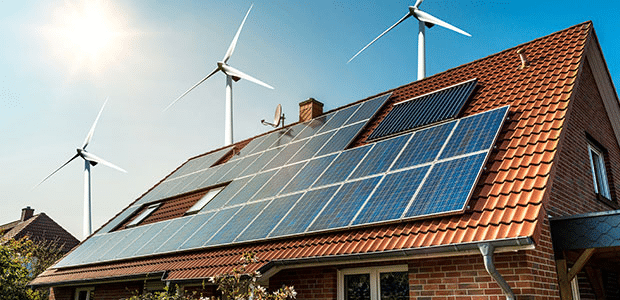Are you tired of your leaf blower running out of juice just when you need it most? Maximising the battery life of your leaf blower is crucial, especially when you’re halfway through tidying up the garden. The good news is that there are simple strategies you can adopt to get the most out of your leaf blower’s battery.
Let’s explore some practical tips that will keep your leaf blower going strong for longer and help you avoid frequent recharges or replacing batteries too often.
Why Does Battery Life Matter?
It’s easy to take the battery for granted until it starts draining faster than you expected. But if you maintain your battery properly, it can deliver consistent performance over time, saving you both frustration and money. After all, constantly recharging or purchasing new batteries can get expensive. So, how do you make sure you’re getting the maximum runtime from your leaf blower?
Here’s everything you need to know to keep your leaf blower powered up and ready when you are.
1. Charge Your Battery Correctly
Charging your battery might seem straightforward, but are you doing it the right way? Many people unknowingly shorten their battery life by either overcharging or not charging it fully. A few key practices can ensure you’re charging your battery optimally:
- Use the right charger – Always use the charger that came with your leaf blower. Different brands or models can have specific charging requirements, and using the wrong charger can damage your battery.
- Don’t overcharge – Leaving the battery plugged in for hours after it’s fully charged can wear it down over time. Many modern chargers come with automatic shut-offs, but if yours doesn’t, make sure to unplug it once it’s done.
- Avoid partial charges – If possible, let your battery charge fully each time. Charging it a little bit here and there can reduce the overall lifespan.
2. Store Your Battery Properly
How you store your battery leaf blower can have a big impact on performance. Extreme temperatures and poor storage practices can significantly reduce your battery’s capacity, leaving you with less power when you need it.
- Keep it cool – High temperatures are the enemy of battery life. Don’t leave your leaf blower or its battery in a hot garage or shed. The heat can damage the battery cells, reducing their ability to hold a charge.
- Avoid freezing – Similarly, storing your battery in freezing conditions can cause it to lose efficiency. If you live in an area with cold winters, consider bringing your battery indoors when not in use.
- Don’t store it empty – Before putting your battery away for long periods, ensure it’s partially charged. Storing a battery completely drained can cause it to lose its capacity.
3. Use the Right Power Mode for the Job
Most leaf blowers come with different power settings to handle various tasks. While it’s tempting to use the highest setting to finish your work quickly, doing so can drain your battery much faster than necessary. Instead, try to match the power mode to the job:
- Low power for light jobs – If you’re just clearing a few leaves or light debris, a lower power setting should be enough. This will help conserve your battery.
- High power for tougher tasks – For wet leaves or heavy debris, you might need to bump up the power. Just remember, using the highest setting will significantly reduce your runtime.
Switching between power modes can help you balance performance with battery life, giving you more time to get the job done.
4. Avoid Running the Battery to Empty
It’s a common habit to use a tool until the battery runs out completely, but doing so can shorten your battery’s lifespan. Try to recharge your battery before it’s fully drained. Modern lithium-ion batteries, like those found in most leaf blowers, are designed to be recharged before they hit zero.
5. Keep the Battery and Terminals Clean
Dust, dirt, and debris can easily build up on your battery and its terminals, affecting the connection between the battery and the leaf blower. Poor connections can make your blower work harder, draining the battery faster. To prevent this:
- Wipe the battery – After each use, take a few seconds to wipe down the battery. A soft cloth or brush can remove any loose dirt or debris.
- Check the terminals – Ensure the terminals on both the battery and blower are clean and free from corrosion. If you notice any build-up, gently clean it with a dry cloth.
6. Invest in a Spare Battery
If you’ve got a large garden or frequently use your leaf blower, it might be worth investing in a spare battery. This way, you can swap out the batteries and keep working while one charges. Just remember to follow the same care tips for both batteries to ensure they last as long as possible.
7. Keep Your Blower Well-Maintained
Believe it or not, a well-maintained leaf blower can help you extend your battery life too. When your blower is running smoothly, it uses less energy, which can prolong your battery’s runtime. Regularly clean the air vents, and check for any blockages in the nozzle or tubes.
Additionally, keeping the blower’s motor and fan clean reduces the strain on the battery. The less work the blower has to do, the less energy it will use.
Give Your Leaf Blower Battery a Boost
Extending your battery life isn’t rocket science. With a few simple habits like proper charging, careful storage, and regular maintenance, you can keep your leaf blower running longer and stronger. Whether you’re tackling a small garden or a larger outdoor space, these tips will help you avoid the frustration of a dying battery.












